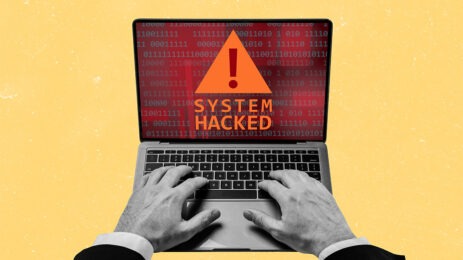If Covid-19 has taught us anything, it is that we must be cognizant of the health, well-being, and safety of people attending in-person events. As a global community, we all witnessed how fast a virus can spread and the devastating effect of a pandemic.
As the pandemic has waned, we have taken lessons learned and applied them to contingency plans for events going forward. It’s imperative that event managers and corporate leaders have risk-mitigating strategies for an outbreak of illness, injuries, or other emergency situations.
When sitting down to plan an event, there are questions that the planning team should ask themselves in order to formulate the best risk mitigation strategy. These questions will guide the team in where they should concentrate their efforts, who should be performing what tasks, and what risks exist within an event. Here are some questions that can get an event planning team on the path to developing the best strategy.
What are the risks?
A team cannot hope to mitigate any risks—be they, but not limited to security, health and safety, natural disasters, or technology and infrastructure—without first identifying them. For a health and safety risk, assess the potential of accidents, medical emergencies, or the spread of a contagious disease. A security risk evaluation could include unauthorized access, theft, and disruptions from an individual or group.
Read More: When Mother Nature Is an Unwanted Attendee at Your Meeting or Event
A sporting event being held in a high occupancy stadium will have more dynamic risks than a conference due to the size of the venue and activities taking place. Additional considerations should be given to the number of attendees, crowd management, alcohol-related incidents, traffic management, emergency evacuation, and vendor management. Clearly identifying risks enables event planners to develop and implement targeted mitigation strategies.
What is the potential of each risk?
Once the risks are identified, the team should evaluate each for the potential impact of disrupting the event and compromising brand reputation. What happens to the event should the keynote speaker fall ill, if someone collapses with chest pain, there is an outbreak of food poisoning, coats and bags are stolen from the coat check, or a group of demonstrators arrive?
The sordid tale of someone ill from food poisoning at your event posted on social media will undoubtedly impact your customer trust and brand identity. You can be legally liable if someone is injured and you did not have an appropriate medical response plan. The potential analysis of each risk will help the team prioritize courses of action and allocate appropriate resources for mitigation.
How can the impact be minimized or mitigated?
After assessing and prioritizing the risks, there needs to be a mitigation plan in place for each one. The team should develop strategies and action plans to address each individual risk with a mitigation plan.
Ensure you have appropriate medical support and facilities available to mitigate health and safety risks. Build a response plan that outlines procedures for natural disasters and medical emergencies. For security, implement measures to protect attendees and the event venue. This may include employing security personnel, installing surveillance systems, conducting bag checks, and controlling access points.
An alternate plan for events that are disrupted should all be considered. The team may want to identify an alternate site and develop backups for critical systems, emergency response plans, crisis communication protocols and recovery strategies that are tailored to each individual risk.
Your mitigation strategy should identify key stakeholders and their roles. These include employees, event staff, attendees, exhibitors, vendors, regulatory bodies, and local authorities, as each of these individuals plays a role in contingency plans. Communicate clearly with the stakeholders and event participants. Keep them informed about safety measures, emergency procedures, schedule changes, and, of course, specific risks they should be aware of. Ensure to have a crisis communication plan to address and mitigate reputation risks promptly.
How will the plan be tested and reviewed?
Organizations that exercise and evaluate their emergency plans more frequently have higher success in mitigating risks when a real-world application occurs. Event contingency plan teams should design, develop, and conduct response plan exercises on an established schedule and against their organizations’ capabilities. Exercises can be completed through conferences, drills and tabletop exercises.
A post-exercise evaluation that identifies strengths, weaknesses, and areas of opportunity fosters an environment to further refine, improve and develop an executable response plan. Your response plan should be viewed as a living document, one that can always be amended should the unexpected—or, as we saw with the pandemic, the unprecedented—should arise.
No one desires that illness, injury, violence, or natural disasters disrupt their corporate events, but having a comprehensive risk-mitigating strategy in place, event planners and attendees can move forward with confidence knowing that when the unexpected occurs, they will be prepared.
—
 Abraham Medina is founder and creator of Global Executive Medicine (GEM), provider of comprehensive health management services for family offices, corporate C-suites, and executive protection programs.
Abraham Medina is founder and creator of Global Executive Medicine (GEM), provider of comprehensive health management services for family offices, corporate C-suites, and executive protection programs.




